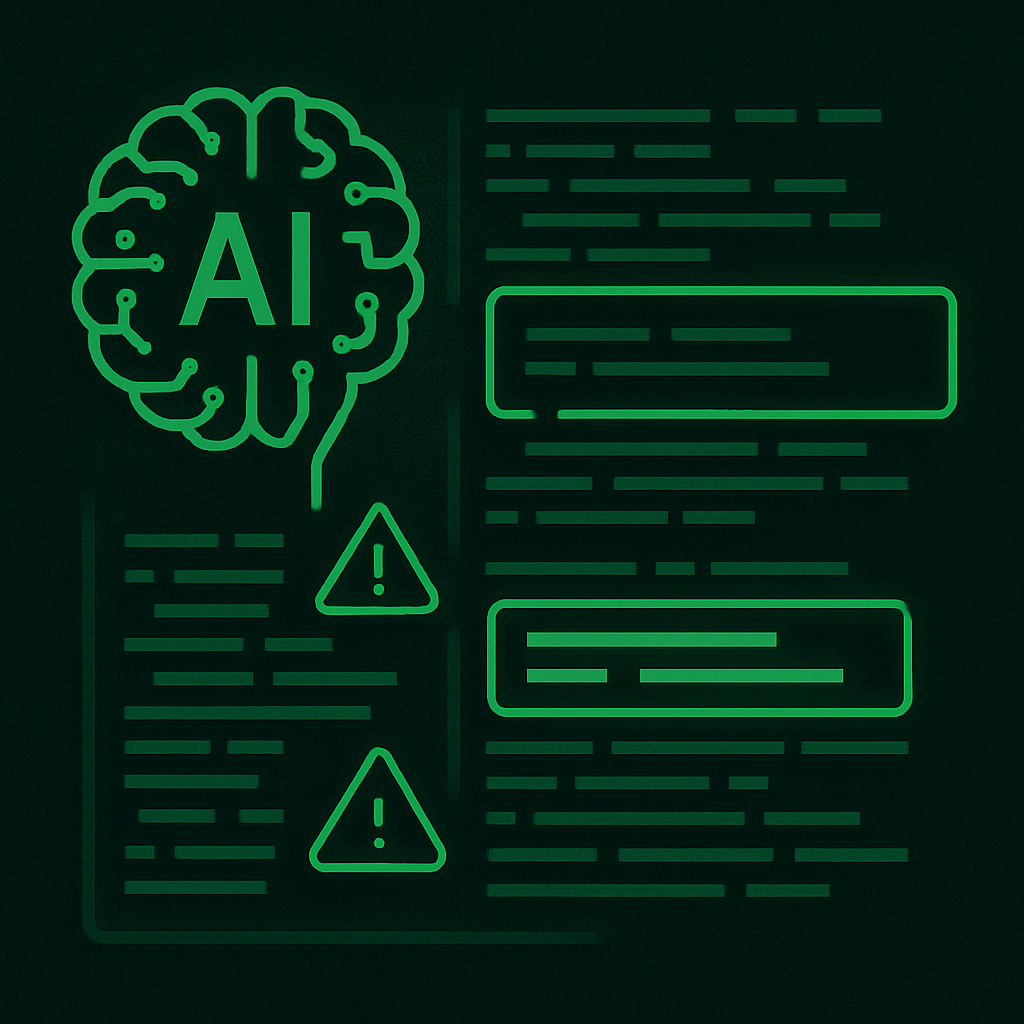Code Review in the Age of AI: How to Use AI to Improve Code Quality

Hello, Fine Coders!
Code review is a cornerstone of Fine Coding. It’s the critical process where peers scrutinize code to identify bugs, improve readability, ensure maintainability, and enforce best practices. It’s a crucial step in ensuring code quality and fostering amplified collaboration. However, traditional code reviews can be time-consuming, bottleneck processes, and sometimes miss subtle issues.
In the age of AI, this vital practice is not being replaced, but rather augmented and enhanced. For the Fine Coder, AI isn't a substitute for human judgment in code review; it's a powerful, tireless assistant that can flag common errors, suggest improvements, and even identify potential security vulnerabilities, allowing human reviewers to focus on higher-level architectural decisions and complex logic.
🤖 The Role of AI in Modern Code Review
AI tools, particularly those powered by Large Language Models (LLMs) and static analysis, can bring unprecedented efficiency and depth to the code review process. Here's how:
✅ Automated Syntax and Style Checks
- While linters (like ESLint, Prettier, Black) are already standard, AI can go beyond rigid rules, understanding context to suggest more nuanced style improvements or enforce complex custom style guides.
- It can ensure consistency across a large codebase, reducing "bike-shedding" during reviews.
🐛 Identifying Common Bugs and Anti-Patterns
- AI models trained on vast codebases can recognize common programming errors, logical flaws, and anti-patterns that might escape human eyes, especially in large pull requests.
- This includes identifying potential null pointer exceptions, unhandled promises, resource leaks, or inefficient loops.
🔨 Suggesting Refactorings and Optimizations
- AI can analyze code for opportunities to improve readability, performance, or adherence to design patterns.
- For example, it might suggest extracting a helper function, simplifying a complex conditional, or using a more idiomatic language construct.
- It can also highlight potential performance bottlenecks based on common patterns.
🔐 Security Vulnerability Detection
- Beyond basic static analysis tools, AI can learn from known vulnerabilities and suggest fixes for potential security flaws like SQL injection, cross-site scripting (XSS), insecure deserialization, or weak authentication patterns.
- This adds a crucial layer of defense, especially in large applications.
🧪 Generating Test Cases and Explanations
- AI can propose additional unit tests for new or modified code, ensuring better test coverage.
- It can also generate human-readable explanations of complex code sections, which can then be used to add comments or improve documentation.
📝 Smart Commenting and Documentation
- Suggesting where comments are missing or unclear.
- Generating docstrings or inline comments based on the code's functionality, making it easier for human reviewers to understand the intent.
🤝 Human-AI Synergy: The Ultimate Review Team
It's vital to remember that AI is a tool, not a replacement for human intellect and judgment. The most effective code review process in the age of AI involves a synergy between human and artificial intelligence:
- AI for Initial Scan & First Pass: Let the AI handle the repetitive, pattern-based checks. It can highlight issues that are time-consuming for humans to find.
- Human for Deeper Context & Nuance: Human reviewers can then focus on:
- 🧩 Business Logic Validation: Does the code correctly implement the requirements?
- 🏗️ Architectural Fit: Does the code align with the overall system design?
- ⚙️ Edge Cases & Creativity: Identifying truly novel issues or suggesting innovative solutions that AI might miss.
- 🎓 Mentorship: Using the review process for knowledge transfer and skill development within the team.
- ⚖️ Ethical Considerations: Ensuring the code adheres to ethical guidelines and avoids bias.
⚙️ Implementing AI into Your Code Review Workflow
- Integrated Tools: Many popular platforms (GitHub, GitLab) and IDEs offer direct integrations with AI code review tools or plugins (e.g., GitHub Copilot Chat, SonarLint with AI features).
- Customizable Rules: Configure AI tools to enforce your team's specific coding standards and preferences.
- Feedback Loop: Continuously provide feedback to the AI tools to improve their suggestions and tailor them to your codebase over time.
- Training: Ensure your team understands how to effectively use and interpret AI-generated review comments.
By embracing AI in code review, Fine Coders transform a necessary chore into an accelerated, more thorough, and more insightful process. It allows teams to ship higher-quality code faster, fostering a culture of excellence and continuous improvement.
Next up: Bugs happen, but how can we find and fix them faster? We'll dive into "Debugging with AI: Faster Issue Resolution and Deeper Understanding"!
